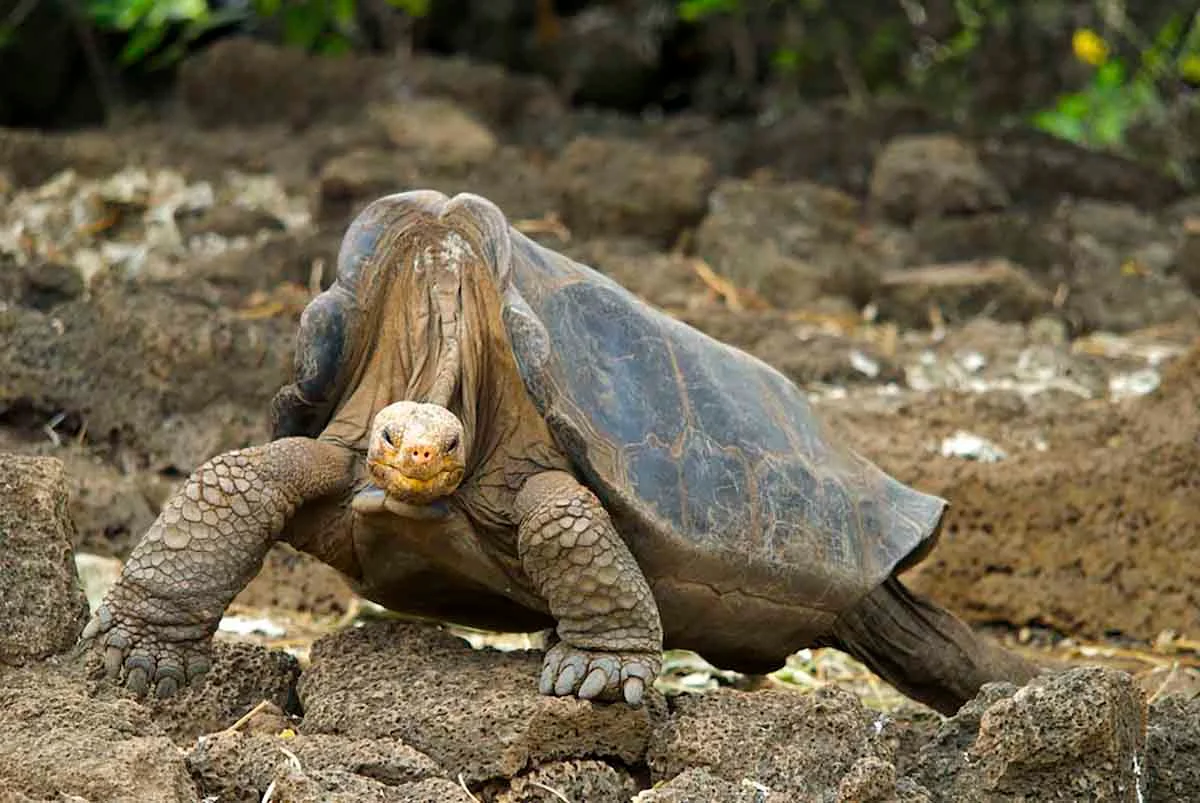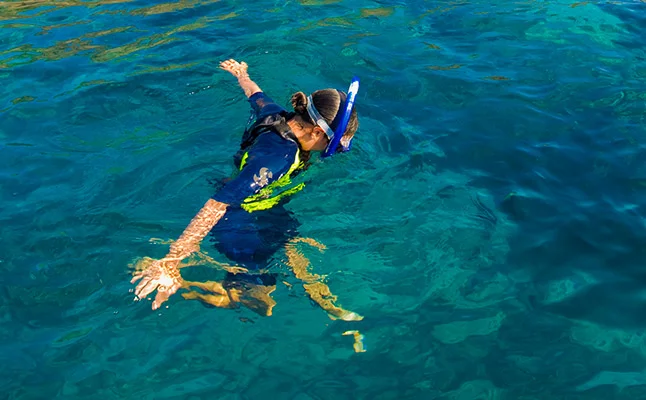
Galapagos Conservation
Conservation efforts and institutions that protect the Galapagos Islands
The Islas Galapagos (official Spanish name of the Islands), as they came to be known in nearby South America after their discovery, had enjoyed millions of years of isolation in the Pacific Ocean until one fateful day in 1535. Almost completely by accident, a Panamanian priest called Fray Tomas Berlanga stumbled across the islands when his ship was blown off course on the way to Peru.
From the moment of their discovery, the Galapagos islands were never to be the same again. The unique and tame wildlife described by the Fray was subjected to hundreds of years of destruction and decimation by hungry pirates and greedy whalers. The natural balance of the islands was irreversibly affected forever.
However, the isolated and unique evolution of the Islas Galapagos still held many secrets, which were to prove vital in the research of British scientist Charles Darwin in the 19th century. What he discovered there was fundamental to his theory of evolution, one of the most important discoveries in the history of science.
As a result of Darwin’s work, interest in the islands increased. Following the publication of a book by American naturalist William Beebe called ‘Galapagos: World’s End’ in the 1930s, the first laws were decreed to protect the islands. However, these laws were difficult to enforce and had little effect.
It wasn’t until 1959, on the 100th anniversary of Charles Darwin’s original thesis on evolution, ‘The Origin of the Species’, that the world finally woke up to the need to protect these remarkable islands. The Charles Darwin Foundation was established and the Islas Galapagos were finally afforded official protection under the Ecuadorian national park system.
Since then the islands have been well-protected by a loyal team of conservationists. The environment is maintained and protected as much as possible from the harmful effects of man, for the first time since they were discovered half a millennia ago.
Visits to this unique National Park are allowed, but you must be part of an organized Galapagos tour, be at all times in the company of a licensed naturalist guide and follow the Park rules strictly.



